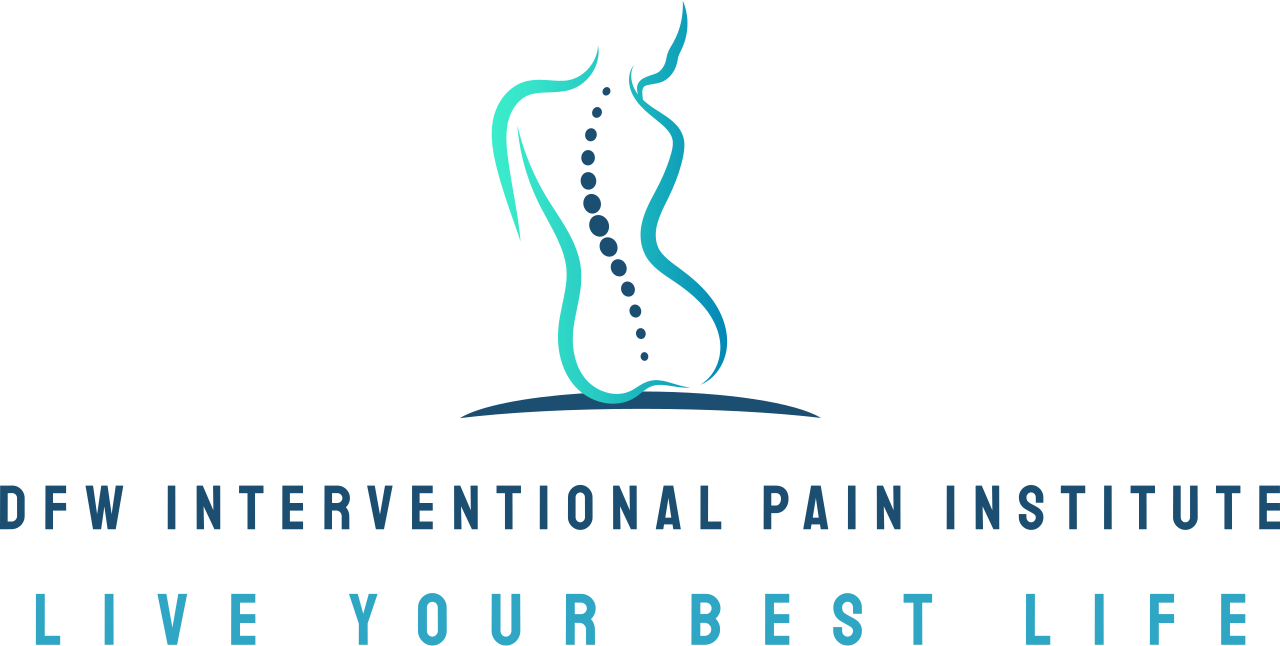What to expect during your first appointment at a pain clinic
Living with chronic pain can be incredibly challenging, affecting every aspect of your daily life. If you're considering visiting a pain clinic for the first time, you might feel both hopeful and anxious. In this blog post, we'll walk you through what to expect during your initial appointment at a pain clinic and how pain management experts like Dr. Edrick Lopez can help you regain control over your life.
Introduction to pain clinics
Pain clinics specialize in diagnosing and treating chronic pain conditions. They offer a multidisciplinary approach to pain management, combining medical expertise with personalized care. Doctors like Dr. Edrick Lopez, who is double board-certified and Harvard-trained, bring a wealth of knowledge and experience to the table. Their goal is to help patients manage their pain effectively and improve their quality of life.
The benefits of seeking treatment at a pain clinic
Multidisciplinary approach
Pain clinics adopt a multidisciplinary approach, meaning they bring together various methods of treatment to address different aspects of your pain. This could include medicine, physical therapy or lifestyle recommendations (and usually a combination of these) in order to best address your specific pain.
Personalized care
At a pain clinic, you receive personalized care that focuses on your unique condition and circumstances. This individualized attention ensures that your treatment plan is designed to achieve the best possible outcomes for you. Patients often report significant reductions in pain and marked improvements in their quality of life after seeking treatment at a pain clinic. You can read reviews about patient experiences on our homepage.
Enhanced quality of life
One of the primary benefits of seeking treatment at a pain clinic is the potential for a better quality of life. Effective pain management can lead to improved mobility, better sleep and a greater ability to engage in daily activities. For many, this means a return to hobbies, work and social engagements that chronic pain had previously made difficult or impossible.
How to find the right pain management clinic
Finding the right doctor to work with is crucial to the success of your treatments. How you feel about your provider, and how commmitted the doctor is to helping you live your best life, makes all the difference. We put together a guide to help you ask the right question when finding the right pain management doctor for you, and you can always call our office in advance to make sure we can help.
Preparing for your first appointment
Bringing essential information
Before your first appointment, gather all relevant information about your medical history, including previous treatments and medications. Make a list of any current medications, supplements or therapies you're undergoing. This information will help your healthcare provider understand your condition better and tailor your treatment plan accordingly.
Initial consultation process
During your initial consultation, you'll meet with a pain management specialist who will review your medical history and discuss your pain concerns. Be prepared to answer questions about the nature of your pain, its intensity and how it affects your daily life. This conversation is crucial for developing an accurate diagnosis and effective treatment plan.
What happens during the first appointment
Comprehensive assessment
Your first appointment will typically involve a comprehensive assessment. This may include physical exams and diagnostic tests to pinpoint the source of your pain. Your healthcare provider will also discuss your goals and expectations for pain management, ensuring they align with the proposed treatment plan.
Importance of open communication
Open communication with your healthcare team is essential. Be honest about your pain levels, the effectiveness of past treatments and any concerns you may have. This transparency helps your providers make informed decisions and adjust your treatment plan as needed to achieve the best results.
Treatment options and next steps
Common treatment modalities
Pain clinics offer a variety of treatment options to address chronic pain. These may include medication management, physical therapy, interventional procedures like injections or nerve blocks, and alternative therapies such as acupuncture. Your treatment plan will be customized to suit your specific needs and preferences.
Setting realistic expectations
It's important to set realistic expectations for your treatment plan. While some patients experience immediate relief, others may require ongoing adjustments to find the most effective approach. Patience and perseverance are key. Your healthcare team will work closely with you to monitor progress and make necessary changes to optimize your pain management.
Examples of treatment experiences from real DFW Interventional Pain Institute patients
We take great pride in helping our patients return to a better quality of life through a variety of treatments. Here are some patient examples to help you get an idea for how their experiences have gone at our pain clinic.
Elizabeth; treated for coccyx pain
Elizabeth struggled with severe coccyx pain, known as coccydynia, which significantly impacted her daily activities like sitting and walking. After years of searching for relief, she consulted Dr. Lopez, who recommended sacrococcygeal ligament injections, a minimally invasive procedure that injects steroids to reduce inflammation and pain in the coccyx area. This treatment provided Elizabeth with up to 90% pain relief, allowing her to resume an active lifestyle without relying on medication. She now receives these injections every 3-4 months, greatly improving her quality of life.
Louise; treated for shoulder and back pain
Louise suffered from persistent shoulder and back pain for nearly two years, which was exacerbated by daily activities and work. After previous treatments failed, she sought help from Dr. Lopez, who diagnosed her with bursitis in the right shoulder and sacroiliitis. The treatment plan included steroid injections every three months for her shoulder and radiofrequency ablations every six months for her lower back. This approach provided Louise with significant relief, greatly improving her quality of life and allowing her to resume normal activities without constant pain.
Thomas; treated for lower back pain
Thomas suffered from debilitating lumbar radiculopathy, causing severe lower back pain that radiated down his leg, making it difficult to sit or walk. After consulting a neurosurgeon, he was referred to Dr. Lopez for interventional treatment. Dr. Lopez recommended transforaminal lumbar epidural steroid injections, targeting the source of inflammation directly. This minimally invasive treatment, administered every three months, significantly improved Thomas's quality of life, allowing him to regain functionality and enjoy daily activities without the constant burden of pain.
Addressing concerns and FAQs
Common questions and concerns
Many patients have questions and concerns before their first visit to a pain clinic. Common queries include the types of treatments offered, the potential side effects of medications and the expected duration of the treatment plan. Don't hesitate to ask any questions you might have when you come in to see our team. We're here to support you every step of the way.
Overcoming anxiety
It's natural to feel anxious before your first appointment. Remember that seeking help is a positive step toward managing your pain effectively. Trust in the expertise of your healthcare team and focus on the potential benefits of treatment. Many patients find that their initial anxiety dissipates once they begin to experience relief from their symptoms.
DFW Interventional Pain Institute is here to help with chronic pain
Taking the first step toward pain management by visiting a pain clinic can be life-changing. With the help of experienced professionals like Dr. Lopez, you can develop a personalized treatment plan that addresses your unique needs and improves your quality of life. Don't let chronic pain control your life any longer. Start your journey toward a pain-free future today.
If you're ready to take control of your pain and explore your treatment options, consider booking an appointment with us at DFW Interventional Pain Institute. Our team would love to help you get back to living your best life!

